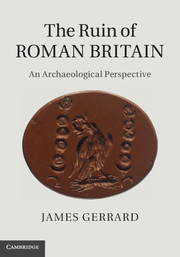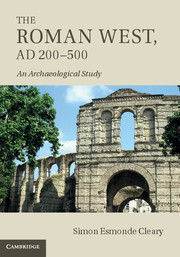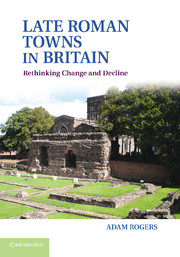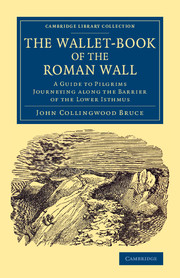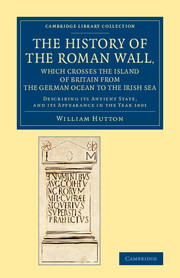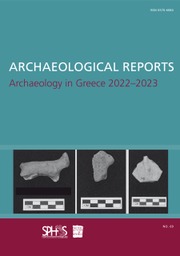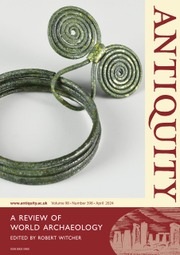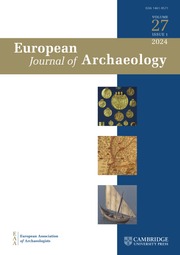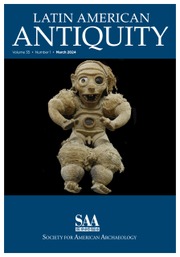The Ruin of Roman Britain
How did Roman Britain end? This new study draws on fresh archaeological discoveries to argue that the end of Roman Britain was not the product of either a violent cataclysm or an economic collapse. Instead, the structure of late antique society, based on the civilian ideology of paideia, was forced to change by the disappearance of the Roman state. By the fifth century elite power had shifted to the warband and the edges of their swords. In this book Dr Gerrard describes and explains that process of transformation and explores the role of the 'Anglo-Saxons' in this time of change. This profound ideological shift returned Britain to a series of 'small worlds', the existence of which had been hidden by the globalizing structures of Roman imperialism. Highly illustrated, the book includes two appendices, which detail Roman cemetery sites and weapon trauma, and pottery assemblages from the period.
- Provides a new interpretation of the end of Roman Britain based on the articulation of power, rather than a historical metanarrative
- Explores late Roman economics as part of an agrarian and tributary society, countering the overemphasis on market economics
- Shows the fifth century to be worthy of study in its own right, presenting the period as a time of change rather than as an adjunct to the end of Roman Britain or the start of Anglo-Saxon England
Product details
November 2013Hardback
9781107038639
366 pages
244 × 170 × 21 mm
0.78kg
113 b/w illus.
Available
Table of Contents
- 1. Introduction
- 2. Violence and warfare
- 3. Economic collapse
- 4. Elite display in the fourth century
- 5. Elite display in the fifth and sixth centuries
- 6. Civitates, kingdoms, estates and regions
- 7. The ruin of Roman Britain
- 8. Final thoughts
- Appendix A. Cemetery sites and weapon trauma
- Appendix B. Pottery assemblages.

